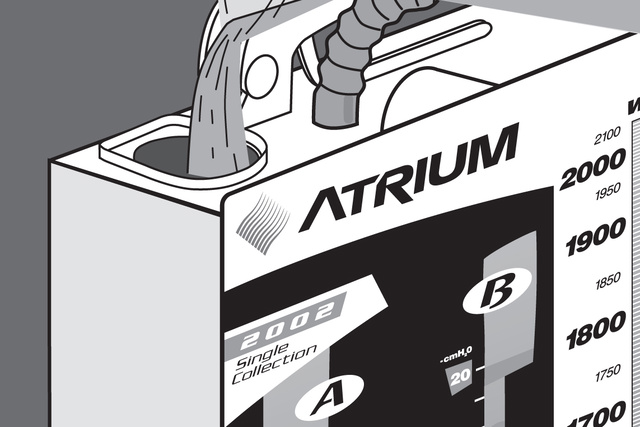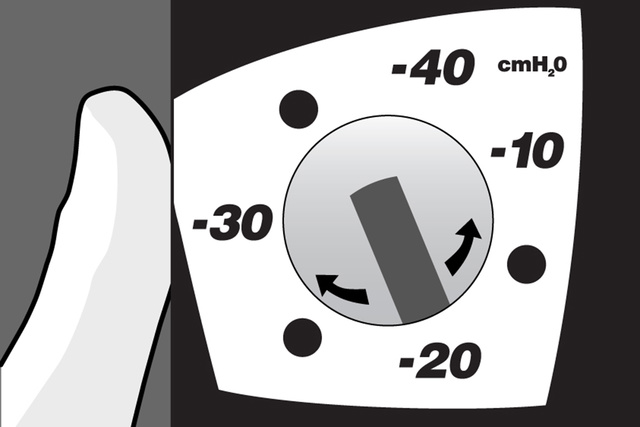Wet suction or dry suction: Which system is a better fit for your practice?
Both will protect the patient and provide a window to the pleural space through the water seal chamber for assessment.

The challenges of a water-based system
A column of water was the original method used to control the amount of negative pressure transmitted to the chest. When disposable integrated drains were developed, this column of water was transformed into a suction control chamber (see illustration on left). The level of the water in this chamber determines the level of the negative pressure that is transmitted to the chest. Challenges with water-based systems are the noise of the bubbling and water evaporation. As water evaporates and the water level drops, the amount of negative pressure transmitted to the chest will also decrease. In addition, water-filled units take longer to set-up and if the drain is knocked over, the water can spill over into other chambers or onto the floor.

Self-regulating dry suction drains
Today's self-regulating dry suction drains use a small, adjustable regulator which is built into the drain. As long as there is adequate air flow from the wall suction source (which will be indicated on the drain) the regulator will automatically adjust to changes in the wall suction or the patient to maintain suction at the level set on the drain. It's also a quieter operating system compared to wet suction drains since there is no longer bubbling for suction control. In addition, these drains provide a wider range of suction levels, from -10 cm H2O to -40 cm H2O and there's no evaporation to worry about. If the drain is knocked over, it is less likely that water will spill between chambers and out of the drain.